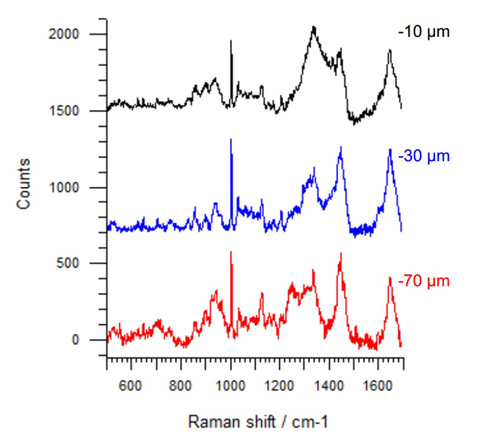Can A Raman Spectrometer Be Used In Cosmetics Testing?
Bright cosmetics presents attraction and good luck, and can catch one’s eyes easily. Thus, cosmetic is loved by most of females (and males sometimes). However, the composition of these cosmetics are typically neglected by most of people. Besides, in most of the cases, the compositions that listed on the package are usually those abstruse professional terminologies.
Typically, the used in the pigments in the cosmetics can be distinguished into natural pigments, organic synthetic pigments, and inorganic pigments. Those cosmetics which are emphasized as natural pigments were produced from animals, plants, or microbe. However, due to the cost of these natural pigments are typically higher, so, those common economic cosmetics are typically made by inexpensive organic synthetic pigments, or inorganic pigments.
Most of the organic synthetic pigments are made from coal tar, and the inorganic pigments are made from minerals. In the manufacturing process, pigments may mixed some heavy metals, due to the chemical processes that cannot be avoided, such as lead, cadmium, mercury, arsenic, and so on. Under the situation of mishandling process, may leave too much excessive heavy metals in the cosmetics, and hazardous one’s health. And even lead to serious damages onto the skin. To ensure the quality of cosmetics and protect the consumers, in those developed countries, the government will formulate relevant laws and regulations, restrict the composition of these heavy metal contents.
Raman spectrometer can be used in the cosmetics quality assurance, testing. The common testing include:
- Blend uniformity
- Filtering
- Concentration of chemical synthesis
- Powder content and purity
- Raw material verification
- Identification of pollutants
- In vivo analysis and skin depth profiling



